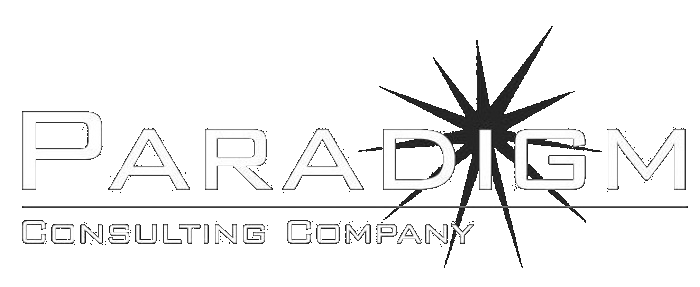This will be a short post on the virtues of keeping your computer hardware current. Even today, I still see older computers which would be perfectly capable of doing their job, but because of a lack of enough memory, they grind along at a glacial pace, causing significant employee productivity loss.
How can you tell if your machine could benefit from a memory upgrade? First off, if you hear your computer’s hard drive running hard, or see the hard drive indicator light on a lot, particularly if you have multiple applications running, that’s a good sign. Another is to use the Task Manager, a utility included with all versions of Windows, to see how much memory your computer is using. The best time to do this is to during the middle of your work day, when you have the most applications running. In Windows, simply press Ctrl-Shift-Esc and you should see something like the image to the right. Pay attention to the “Available” number under “Physical Memory.” If this number is lower than, say, 256,000, your machine could probably benefit from a memory upgrade.
Techspeak alert! Note that if you have a standard, 32-bit version of Windows (2000, XP, 2003, Vista, 2008, or 7), the maximum memory that your system can use is 4GB, minus the amount of memory used by your video card. So if you have a fancy video card for gaming or CAD or some other applicaiton which requires a high-end card, however much memory is on that card counts against the total amount in your system. If you find that you need more than 4GB of memory in your system, then you need to run a 64-bit version of Windows to use it, otherwise your computer will simply see 4GB as the maximum available, unless your computer supports Address Window Extensions to do some backflips to allow it to see more than 4GB of memory.




Comments are closed.